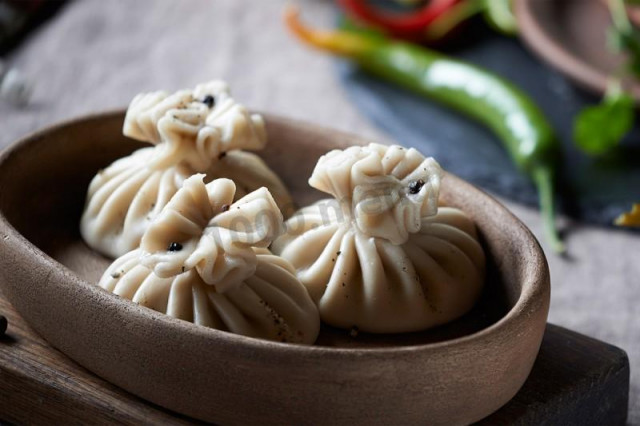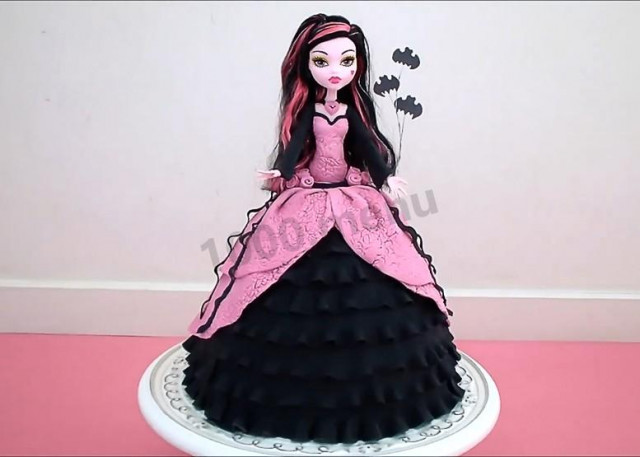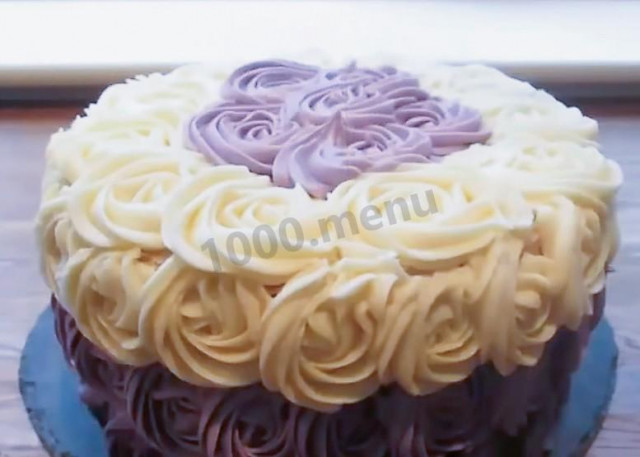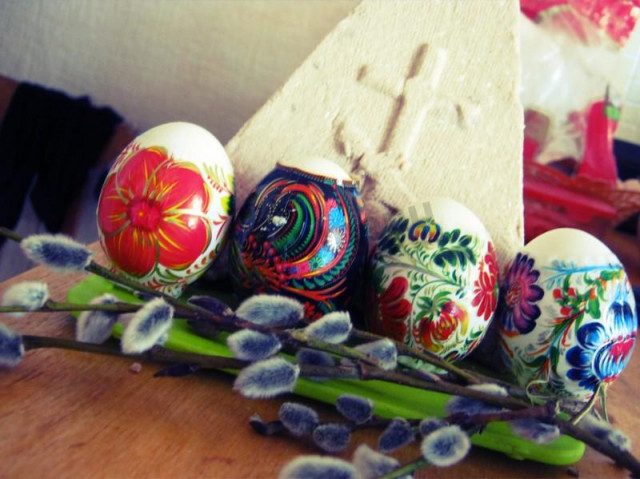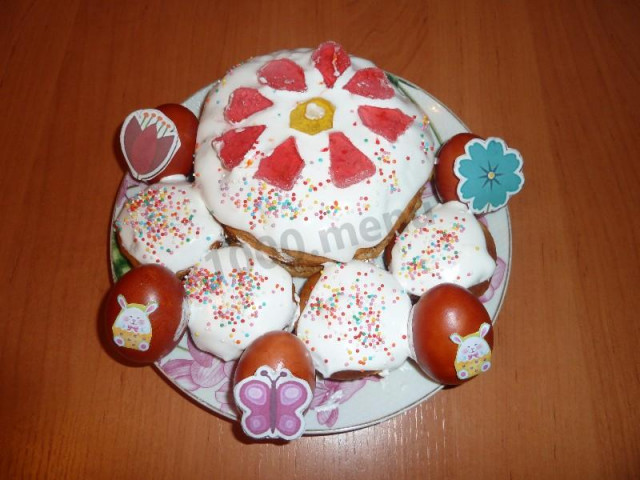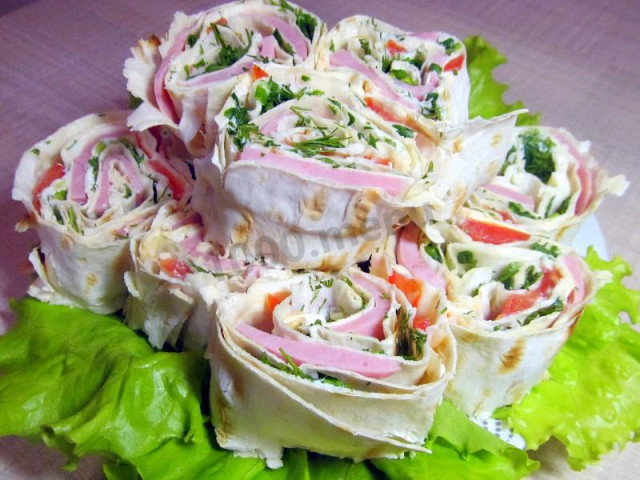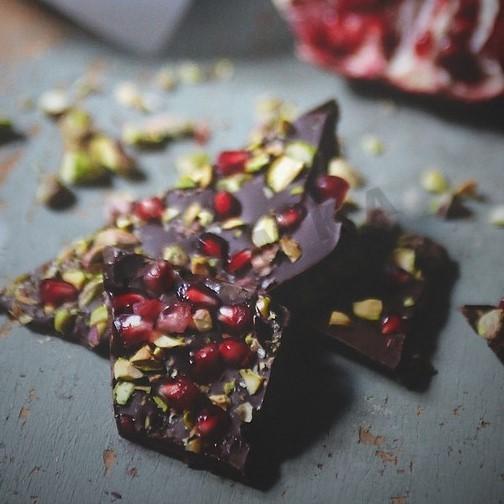Composition / ingredients
Cooking method
1. Sift the flour into a bowl.
2. Gradually adding salted water at room temperature, knead the dough. Do not rush to top up the excess water, rub it well with your hands, making a crumb, as it were.
3. When there is no flour left in the bowl, and the dough crumbs have turned out, start forming a homogeneous dough - press the dough hard into the bottom of the bowl, giving the surface a flat shape. Tighten the dough with a film and let it rest. Usually, while the filling is being prepared, this time is enough for the dough.
4. Now make round blanks for khinkali, the dough for them needs to be thin, the diameter is about 15-20 cm. You can first roll out the dough thickly, cut out the mugs with a cup and then roll out thinly, or you can immediately roll thinly and cut out the desired size.
5. Now make khinkali. To do this, put the workpiece on a saucer (so that the juice from the filling does not spread) and, creating folds along the edge, pinch the entire edge so that a bag turns out. There are 19 folds in real khinkali. Squeeze well, pinch off the excess and smooth the edge.
6. Khinkali is boiled in boiling water. A tablespoon of salt is put on a liter of water, then khinkali is laid out, the lid is closed. The whole cooking process takes about 10 minutes. Cooks don't look at the time, but look at the foam. Foam appeared - cook for another 2-3 minutes, then add cold water to stop boiling, and remove the khinkali from the water with a slotted spoon. They are served as is, and when they eat, everyone sprinkles khinkali with ground black pepper to taste. They eat with their hands, hold by the tail. The tail is not eaten.
Enjoy!
Caloric content of the products possible in the composition of the dish
- Salt - 0 kcal/100g
- Water - 0 kcal/100g
- Wheat flour - 325 kcal/100g

